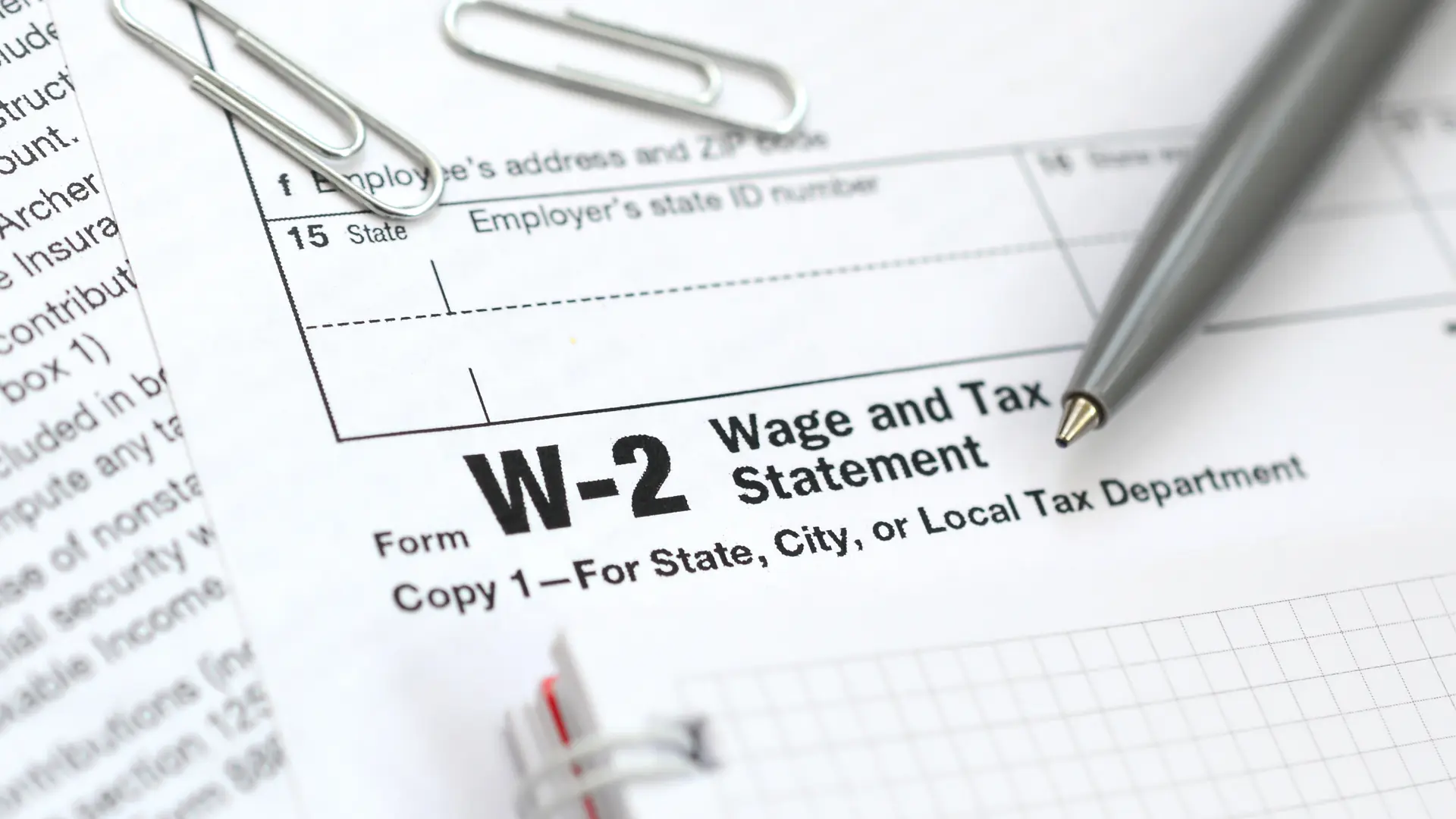As the year ends, employers in the U.S. meet a big deadline. They must prepare and give out the W-2 form in time. This form is key for tax filing; it connects employers, employees, and the government. Employers need to hand out W-2s to both workers and the Social Security Administration by January 31 every year. This ensures everyone... workers and their employers... have the right details to report earnings, tax withholdings, and other tax info.
Also called the Wage and Tax Statement, the W-2 isn't just any document. It's required by law for employers. They have to handle and report taxes related to work, like federal income tax and social security. With the W-2, employers meet their tax responsibilities and give employees what they need to fill out their personal tax returns correctly.

The W-2 form is key for taxes. Employers give it to workers and the SSA every year's end. It shows how much an employee made, along with taxes taken like federal, social security, and Medicare. Workers need this to report correctly on their tax returns.
The W-2 form is very important in tax filing. It helps both employees and the government check tax returns. Workers need their W-2 info to report their income and taxes accurately. And government bodies like the IRS and SSA use W-2 data to check and confirm the info on tax returns. The deadline for filing W-2 forms is January 31 after the tax year ends. This makes it very important for employers to get the needed info to everyone on time.
Dealing with the W-2 form's details can be tough for employers. But, knowing its value and the risks of missing deadlines is crucial. It helps keep everything in line and avoids problems. By being on top of things, employers can make tax season smooth for their company and employees. This improves how accurate and law-abiding their tax filings are.
The W-2 form is vital for taxes. Both employees and the government use it to check taxes. Workers share their wages and tax info from the W-2 with the IRS on their tax forms. The IRS and SSA check these details against tax filings.
The W-2 is crucial for taxes. It lets both employees and the government check tax details. Employees put their wage and tax info from the W-2 on their taxes. Then, the IRS and SSA match this with what's on the forms.
Not giving out W-2s by January 31 can hurt employers. The IRS may fine up to $60 for each late or wrong W-2. Fines get higher if it's on purpose. Employers might also get more IRS attention and owe extra if missed W-2s cause income report errors.
The deadline for employers to give W-2 forms to their employees and the SSA is January 31 of the following year. For instance, the 2022 W-2 forms must be given by January 31, 2023. If January 31 falls on a weekend or holiday, the new deadline is the next business day.
The typical deadline for filing W-2 forms is January 31. But, there are some exceptions and ways to get extensions. Employers can request an extension by filing Form 8809. This form must be submitted by January 31. The IRS might give a 30-day extension if there's a good reason for the delay. They can also extend the deadline for filing in cases of natural disasters or other serious events.
If employers don't file W-2 forms on time or with mistakes, they may pay big penalties. In 2023, each late or wrong IRS W-2 form could cost $60 at first. This may go up to $630 per form if they deliberately ignore the rules. These fines can become a huge burden. It's vital for companies to make sure their W-2 forms are correct and filed on time.
The penalties for filing late or wrong forms can be from $30 to $630. This range changes based on how late the forms are and the year they're for. Small and large businesses have different maximum fines. But, if a violation is on purpose, there's no cap on the penalty. Fines will have interest until paid. To avoid more fines and interest, employers should pay what they owe as soon as they can.
There are many ways employers can run into trouble with W-2 forms, such as not giving them to employees by the deadline. Or, filing them with the SSA late. Making mistakes on the forms, pretending the rules don't apply, or not fixing IRS warnings about issues with the forms can also lead to penalties.
To steer clear of W-2 form problems, employers can:
The W-2 IRS form is key in filing taxes, connecting employers, employees, and the government. It's crucial for businesses to file it accurately and on time to avoid penalties. This helps ensure a smooth tax season for everyone.
To handle W-2 forms well, staying organized and using available tools is vital. Employers should know the deadlines and possible exceptions. They must also understand the risks of inaccurate or late W-2 submissions.
Submitting W-2 forms without delays or mistakes protects a business and supports its employees. It shows a business is committed to following the rules. This not only avoids fines but also builds a good rapport with the IRS. It makes the tax season easier for all.
To sum up, the W-2 form underlines the teamwork and commitment between employers and their staff. Being informed and proactive makes filing W-2s less daunting. This leads to a successful tax season for the business and its workers.